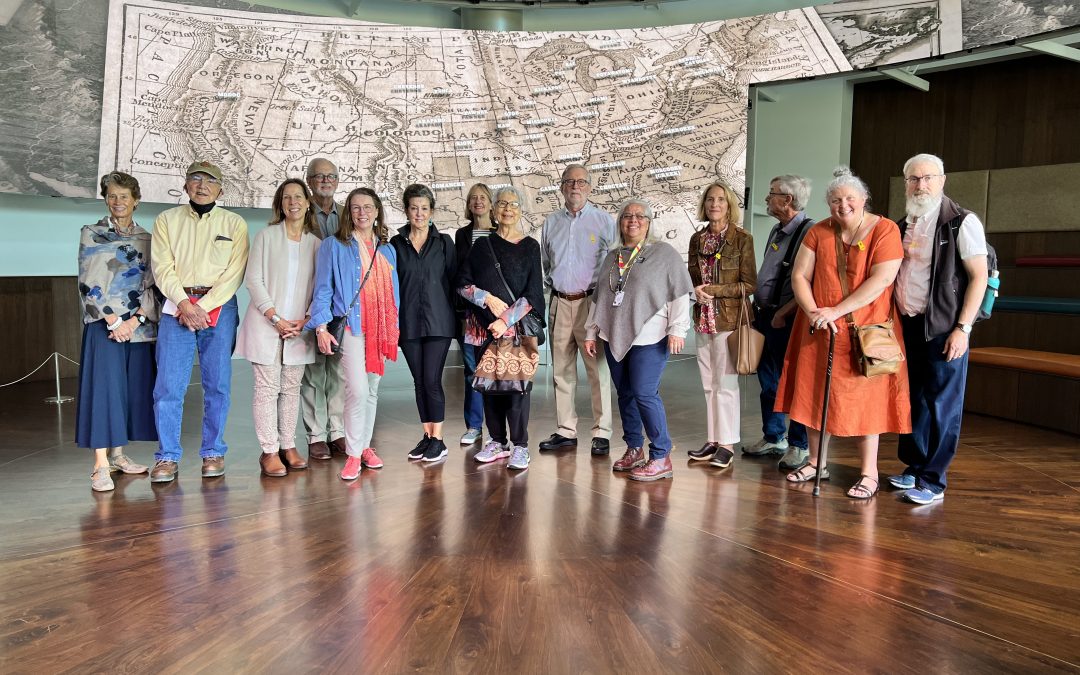

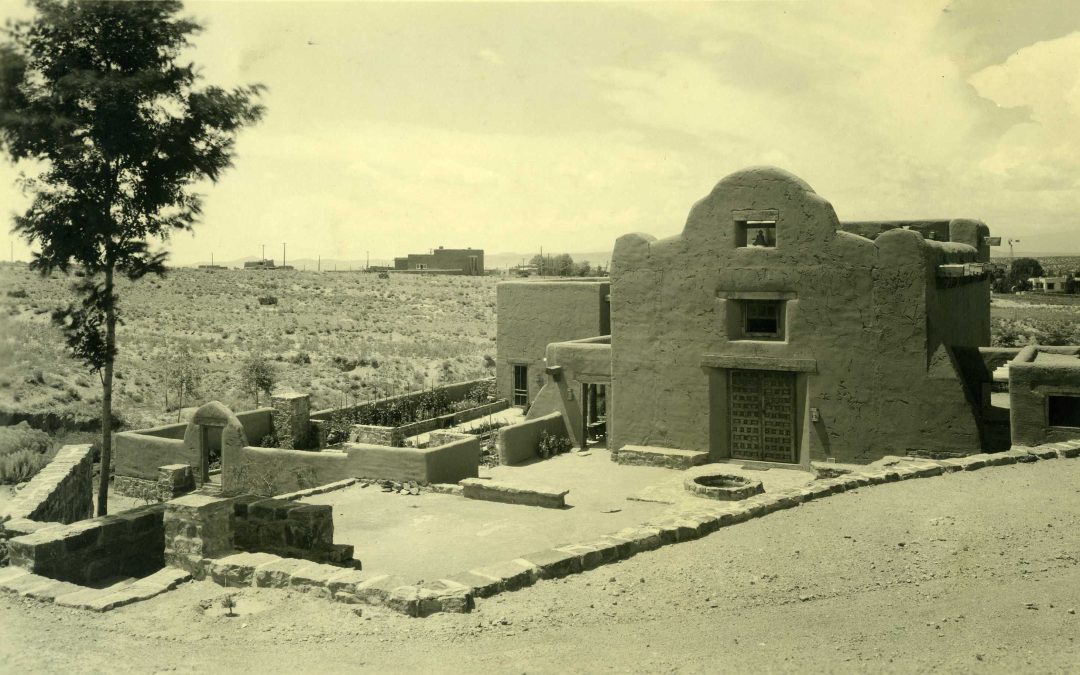
Moments in Places in Time
Growing up in the middle of Alaska, there was a window to another world on the wall of my living room. It was like no place I’d ever seen. There was a church that seemed to be made of clay pinched together by someone’s fingers. And there was a woman with a flared skirt, shawl, and scarf over her head. No one dressed like that in Alaska. I enjoyed stepping back to where it appeared to be a photograph or passage to another land and then move slowly forward to find just that point when the optical illusion fell away and I could see the leaves, the moss, the bark.
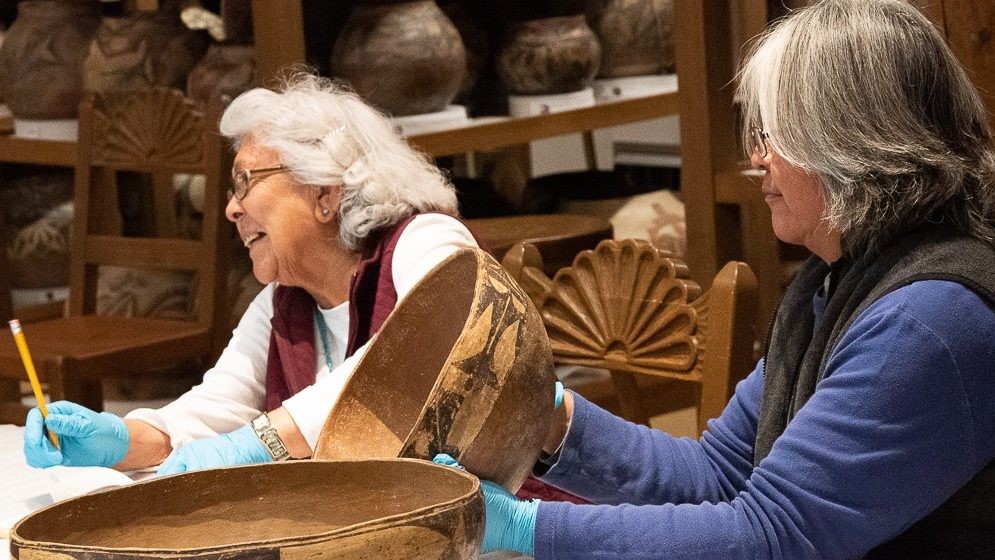
Guidelines for Collaboration: Museums and Communities Seeking Equitable Change
Museums are evolving. In a cultural moment in which institutions are called toward self-reflection, inclusivity, and accountability, the question remains: what does collaboration mean for museum and community, institution and individual? How can ethical action drive our work?
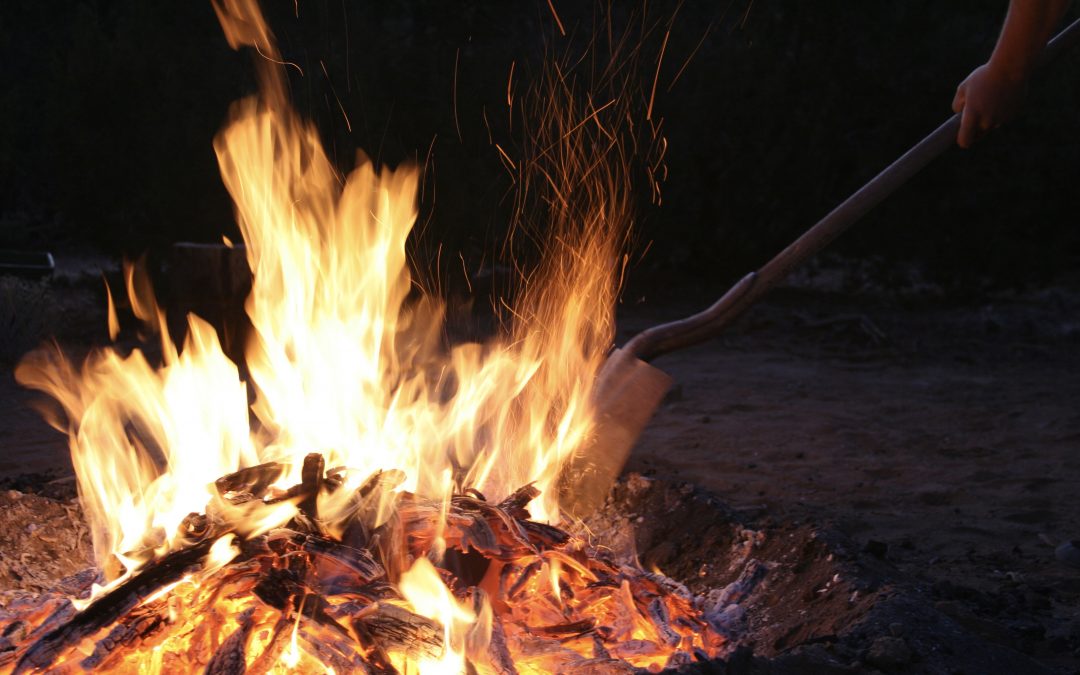
The Clay Always Has Something to Say: 2021 Native Artist Fellow Brandon Adriano Ortiz-Concha
When Ortiz-Concha talks about his relationship with clay, he conveys a clear sense of reverence and respect. He sees the act of gathering clay and forming vessels as a moment of intervention in millions of years of geological processes, something not to be taken lightly.
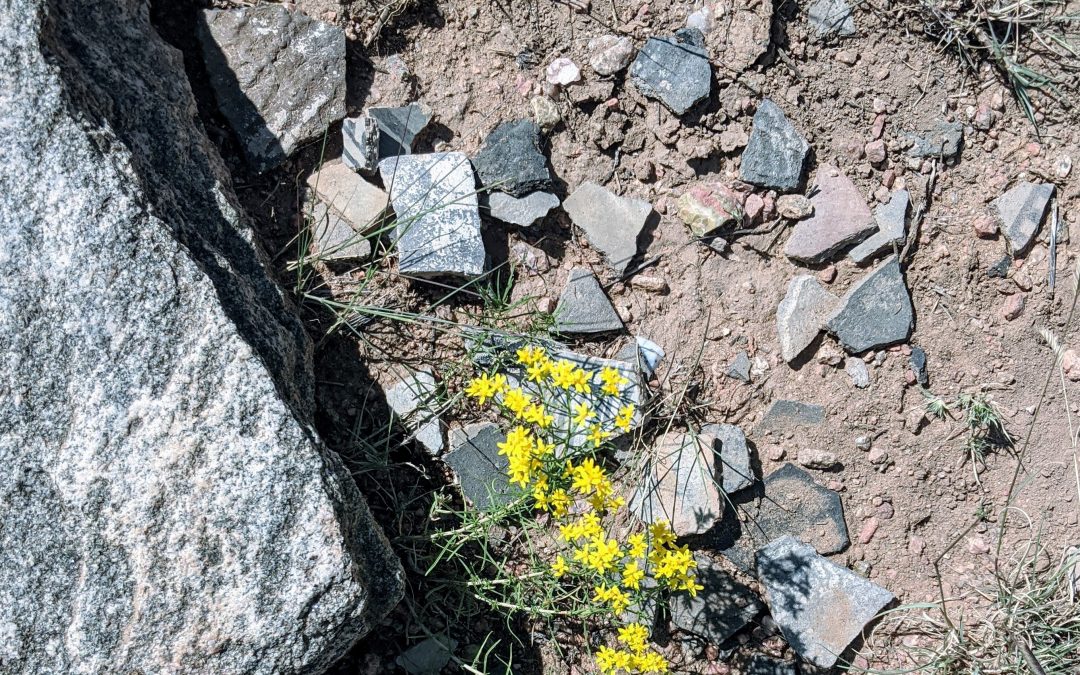
SAR Field Trips: A Wonderful Combination
New to membership in 2021 and seeking opportunities to better understand the Native American history and culture of this New Mexican land we now call home, we joined two fall SAR field trips: The Archaeology of Arroyo Hondo and Tewa Pathways from Tsankawi to Pojoaque.
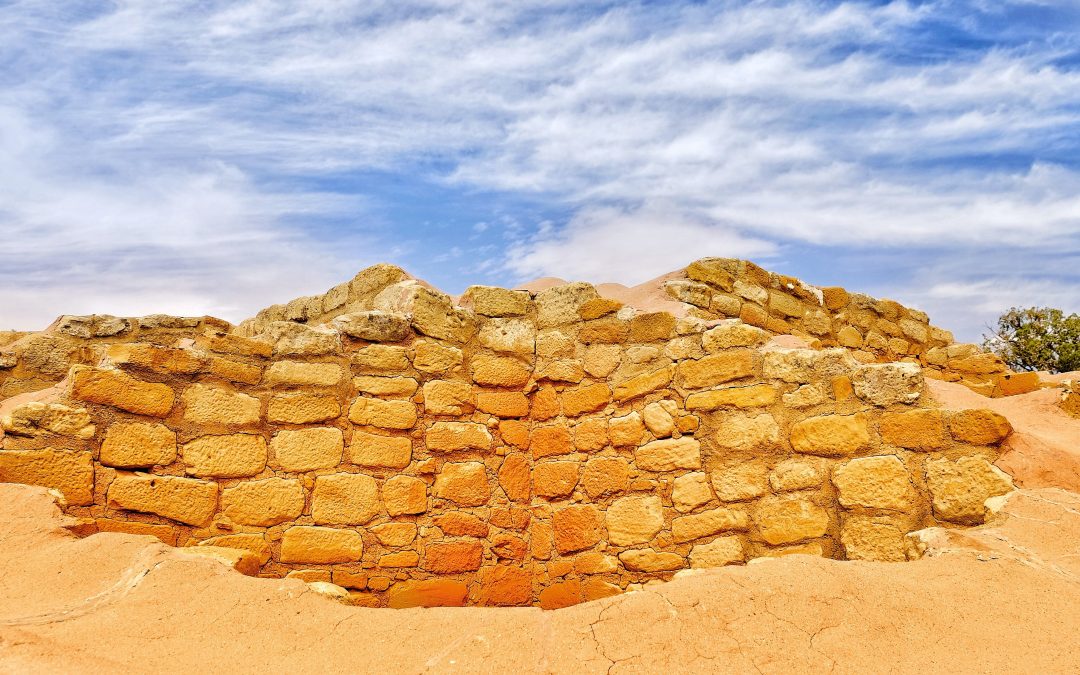
Scholar, Mentor, Trailblazer: Linda Cordell’s Influence on Contemporary Archaeology
Women in archaeology have come a long way. They now comprise half of all archaeologists in North America and have surpassed men in the number of archaeology PhDs awarded. They work as the heads of university departments, leaders of field schools, and senior scholars in research institutions. Yet when Linda Cordell (1943–2013) emerged into the field, the landscape was very different.
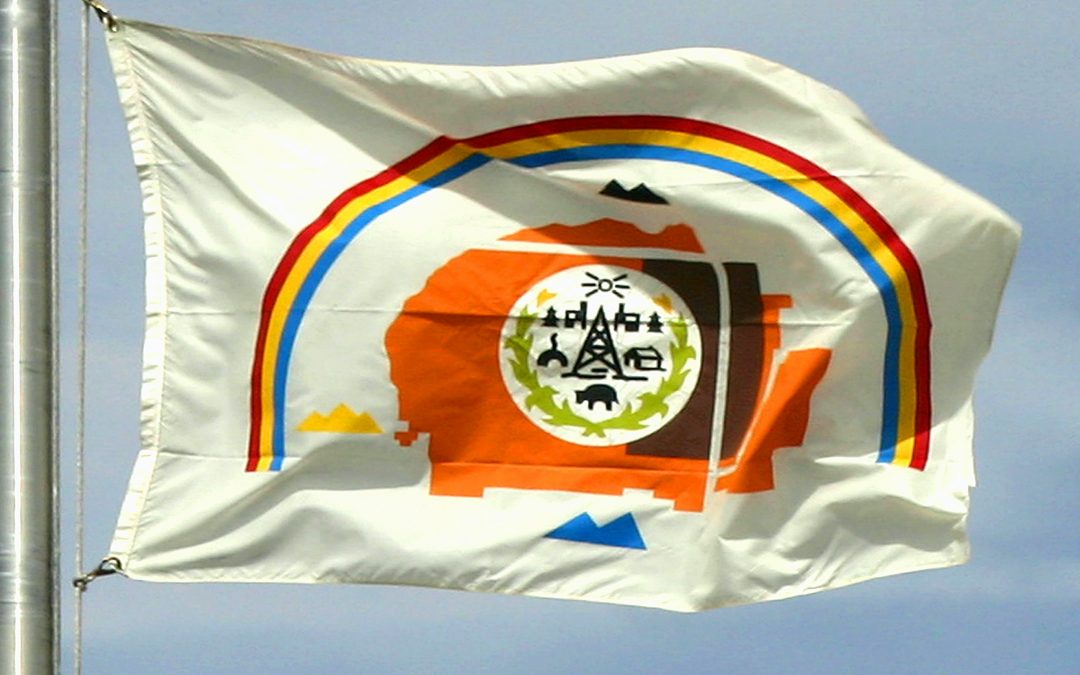
IARC Collections Highlight: Diné History and Adaptation
The Diné are resilient people and know how to adapt to hardship. Before Euro-American contact, the Diné wore deerskin clothing. As Spanish, Mexican, and American settlers came to Navajo land and introduced new materials, Diné art and culture evolved.

Bolo Tie Highlights: An IARC Collection Reflection
Over the course of her Anne Ray internship, Emily Santhanam dove deep into the collections, approaching the objects through registration, collections management, education, and curation work. Each project taught her to navigate Native American arts stewardship in a new way. Yet what she most enjoyed was creating an online exhibition about the bolo ties cared for by the IARC.

Kapa-Making as a Way of Being: A Conversation with Lehuauakea
SAR’s 2021 Ronald and Susan Dubin Native artist fellow, Lehuauakea is a Kanaka Maoli (Native Hawaiian) interdisciplinary artist. Originally from Pāpa’ikou on Moku O Keawe, Hawai’i, Lehuauakea creates traditional kapa (wauke bark cloth), which is painted or hand-stamped with patterns made from natural earth pigments and plant dyes.

Locating Our Hope: Resilience and Compassion in the Indigenous Southwest
It’s easy to identify heartbreak in the past year and a half. The COVID-19 pandemic has challenged our world, upending the lives of individuals, families, and entire nations. Locating hope amid loss—creativity in chaos—takes a special form of attention.